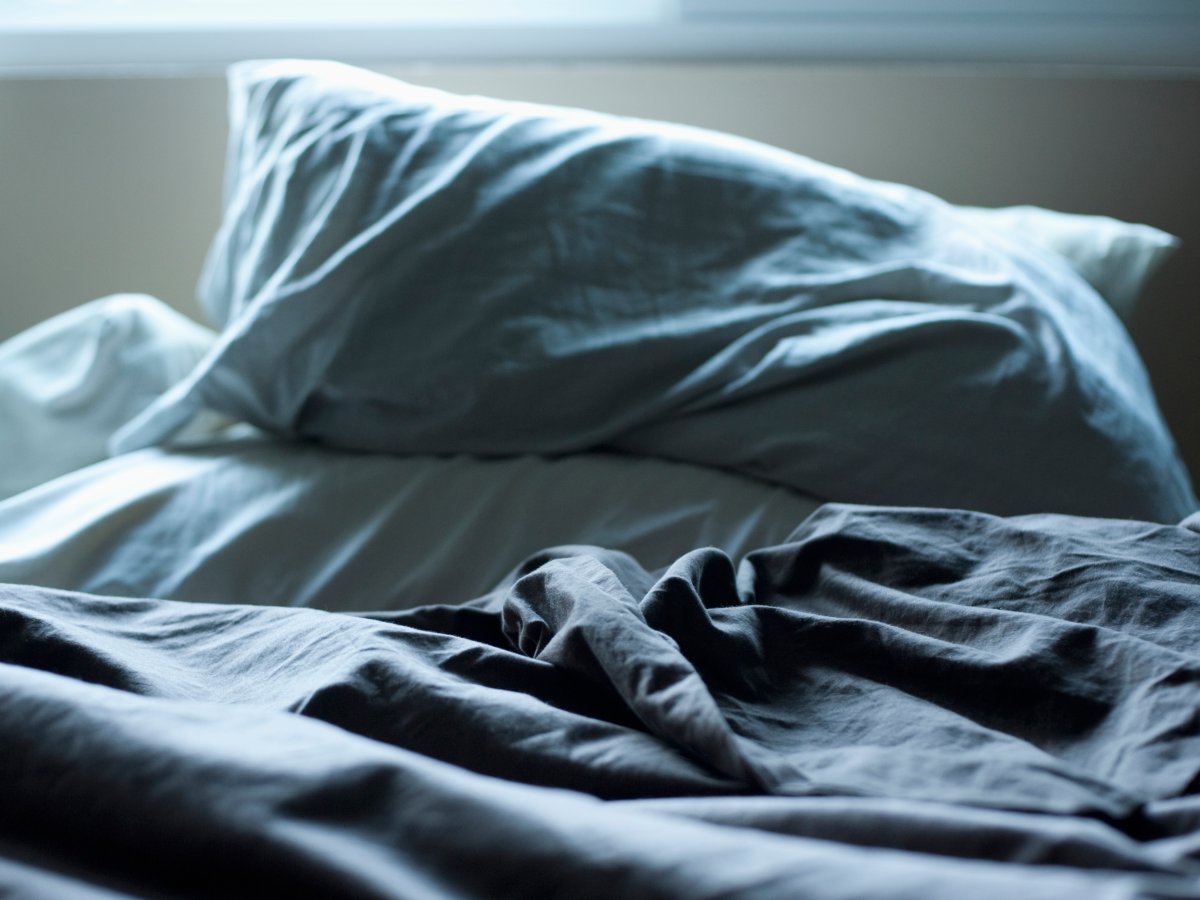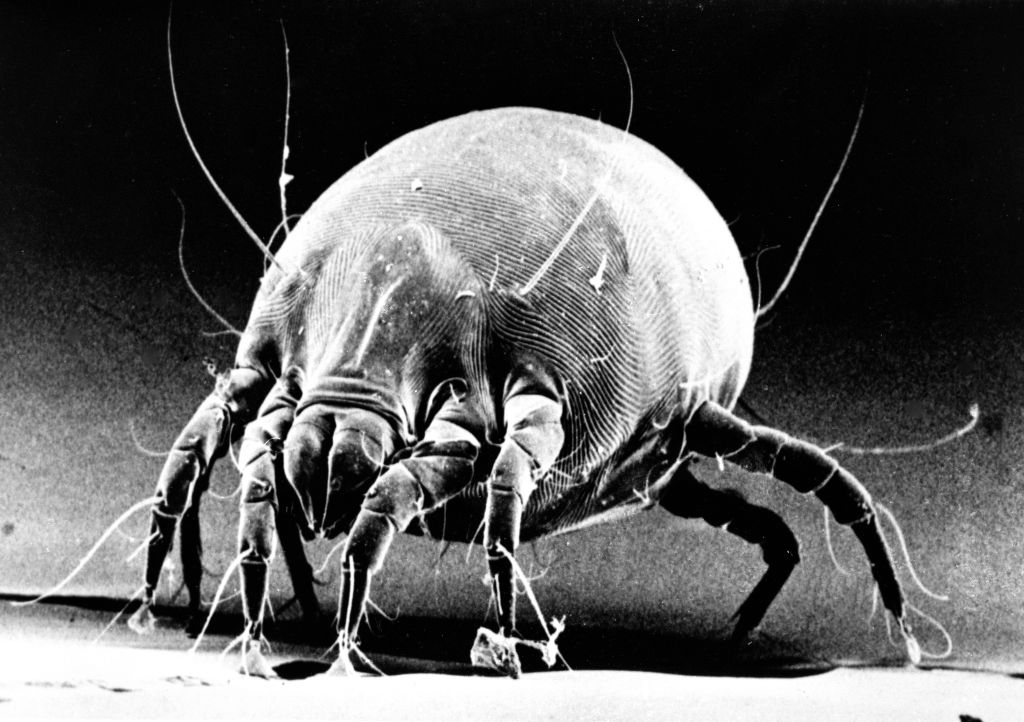If ever you needed a compelling reason to regularly change your pillowcases, let this be it: a woman in China reportedly got hundreds of dust mites in her eyelashes due to her dirty pillowcase.

The woman, who is known only as Xu, told doctors that she had experienced itchy eyes for two years, which she treated with over-the-counter eye drops. But it wasn’t until she woke up one morning and her eyelids were swollen shut that she sought medical attention. That’s when doctors discovered she had over 100 dust mites living in her eyelashes. The reason: she hadn’t changed her pillowcase since 2012.
WATCH BELOW: Is your house as clean as you think it is?

According to The Sun, the woman was diagnosed with blepharitis, an eyelid inflammation, as well as conjunctivitis (or pink eye). Thankfully, while the woman’s experience was undoubtedly unsavoury, it wasn’t dangerous and she was treated with medication.
“Her reaction was like an allergy, so while it seems incredibly gross, there was no real long-lasting impact,” says Jason Tetro, a microbiologist and author of The Germ Files. “But this is something that has been on the mind of researchers for well over four decades.”
In 1979, scientists in Vancouver deduced that dust mites proliferate in warm temperatures, ranging from 17 C to 25 C, and they especially like humid conditions.
The house dust mite magnified.
Unfortunately, not even switching out polyester pillows for fancier feather-filled ones will make a difference.
“Another study conducted in 1996 found there was no significant difference between polyester and feather pillows. Both are going to collect dust and give an opportunity for mites to grow,” Tetro says.
There are steps you can take to minimize their growth, and it starts with changing your sheets at least once every two weeks. Using protective pillow covers also helps to mitigate mites, and they should be washed once a season. As for determining if your pillow should be washed or thrown out altogether, Tetro suggests doing “the pillow check.”
READ MORE: 9 things you should never flush down the toilet
Do you need more reason to stay on top of your pillow’s cleanliness? According to Dow, after two years, one-third of a pillow’s weight contains dead skin, bugs, dust mites and droppings.
Aside from the inevitable squeamishness that accompanies the thought of dust mites, their effects extend to larger concerns regarding igniting allergies. Although researchers have not been able to identify ways to reduce the risk of allergies and asthma that could be triggered by dust mites, regular cleaning will help.
“The good news is, there’s no real resistance in house mites for the most part,” Tetro says. “Cleaning is an effective way of maintaining safety.”







Comments